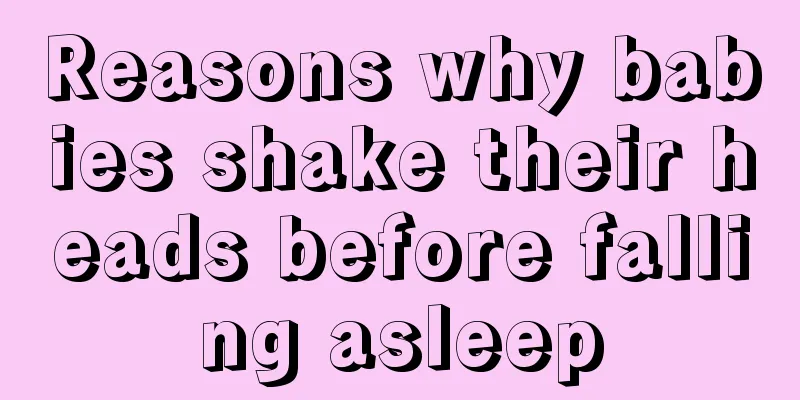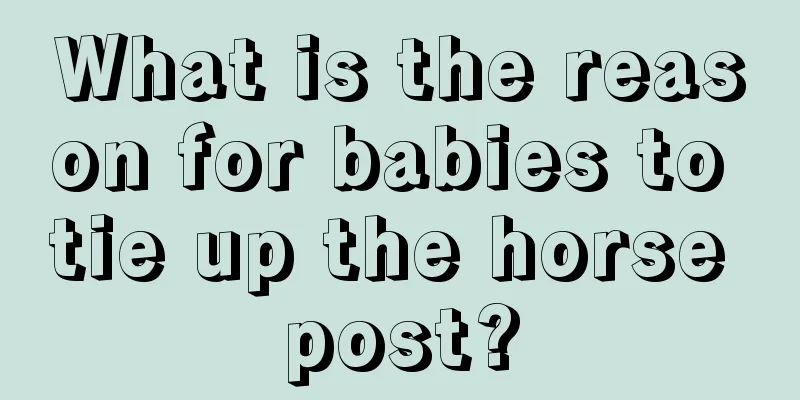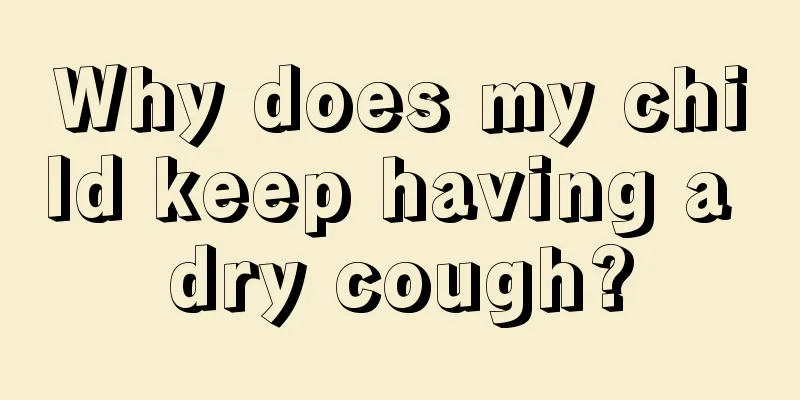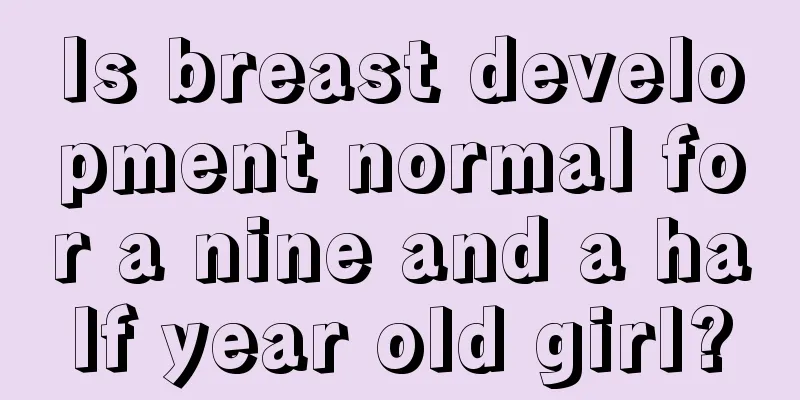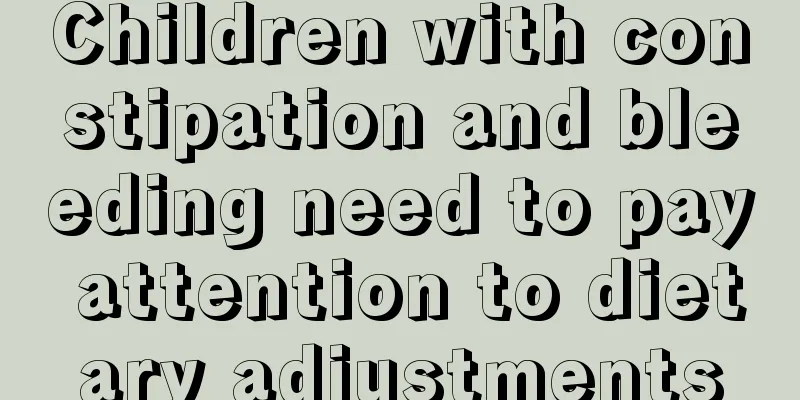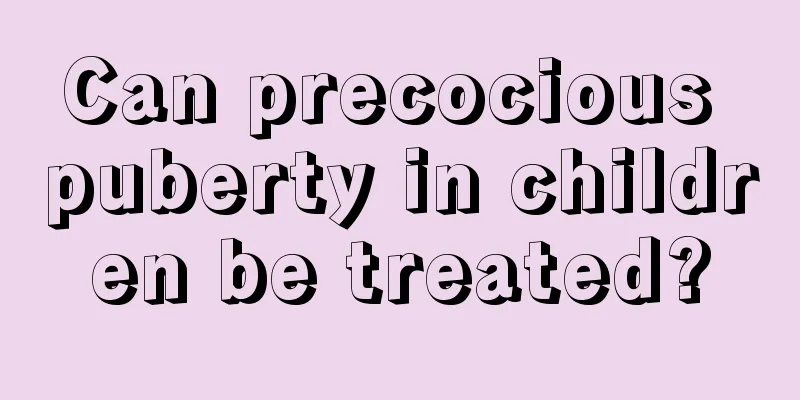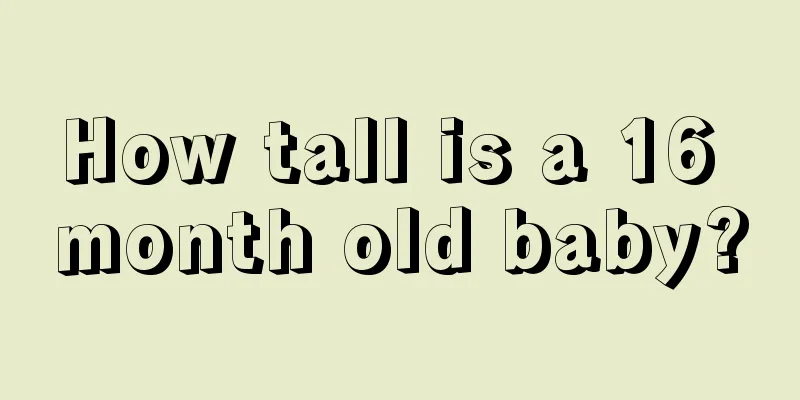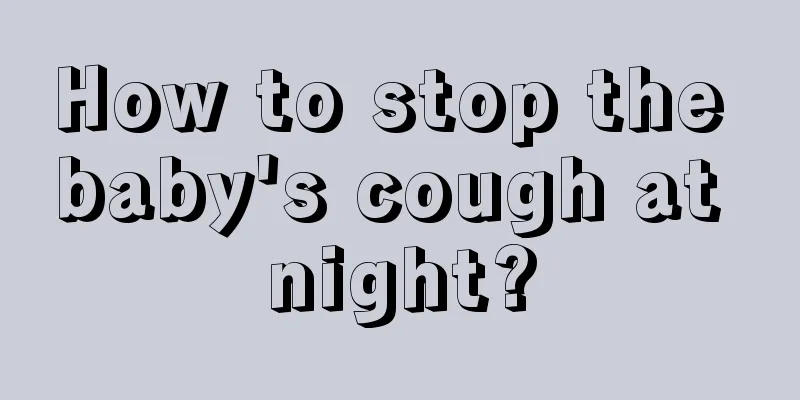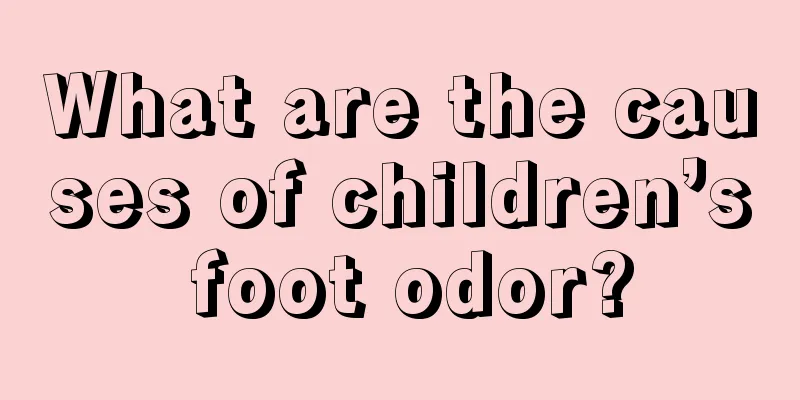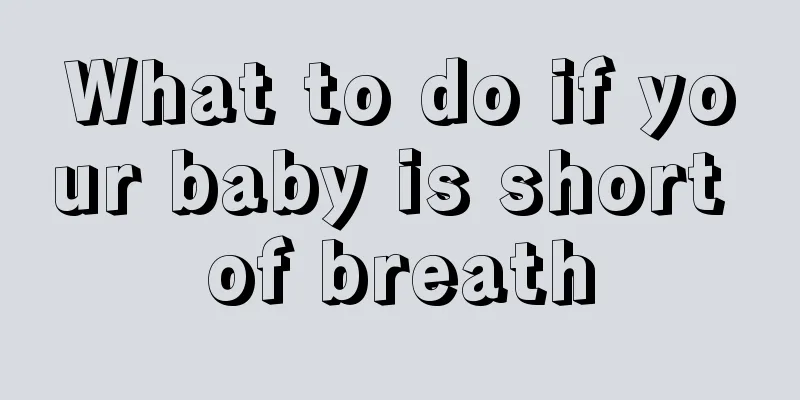Symptoms of fever and seizures in children
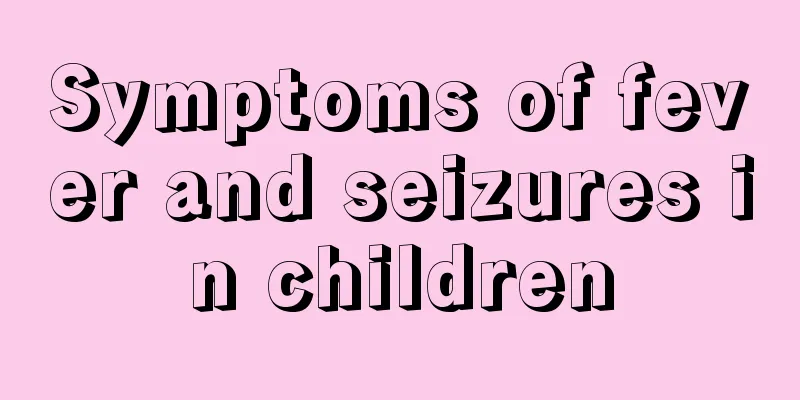
|
Pediatric convulsions are a relatively dangerous symptom, and are often accompanied by fever. The specific manifestation is that the child will wake up repeatedly after falling asleep due to a fever, which is a bit like being scared by a nightmare, but the symptoms will stop after the fever subsides. During a convulsion, a child's behavior may be somewhat scary, with twitching all over the body, difficulty breathing, and confusion. Children should be handed over to a doctor immediately after a convulsion. Do not wait for the fever to subside to avoid irreparable mistakes. Infantile convulsions, commonly known as seizures, are one of the most common emergencies in children. The main symptoms are uncontrollable contraction of whole body or local muscles, and there may be impaired consciousness. There are many causes of seizures in children. The more common ones are infections caused by bacteria and viruses, such as influenza, pneumonia, whooping cough, typhoid fever, dysentery, etc. In addition to causing poisoning and convulsions in children, these diseases can also cause convulsions due to high fever, which is called febrile convulsions. This type of convulsion often occurs during a fever and lasts for a short time. The person wakes up when the convulsion stops, and it is rare for more than two convulsions to occur during one fever. The convulsions will stop when the fever subsides. But it can recur, and convulsions may occur when a fever occurs. This type of convulsion often occurs in children under six years old. In addition, intracranial infections such as encephalitis, meningitis, brain abscess, brain parasitic diseases, etc., in addition to fever can cause convulsions, because the lesions occur in the brain, the relevant parts of the brain are stimulated and can also cause convulsions. Some diseases without fever, such as tetanus, epilepsy, brain trauma, brain tumors, hypocalcemia, hypoglycemia, rickets caused by vitamin D deficiency, etc., can also cause convulsions. symptom When normal brain activity is disrupted, a febrile seizure can occur. A high fever seizure often occurs without warning. During a febrile seizure, your child may: The body becomes stiff or limp Being unconscious or unaware of surroundings Body twitching Difficulty breathing Medical measures A febrile seizure in a child may stop on its own without any medical attention. If the seizure does not stop within 5 minutes, the child should be taken to a doctor immediately. Although a high fever is often caused by a viral infection, doctors still need to examine the child and sometimes do blood tests to find the true cause of the high fever. |
<<: Symptoms of fever in full-moon baby
>>: What to do if your baby is constipated and has blood in his stool
Recommend
What are the symptoms of fetal toxicity in babies?
Newborn babies have fetal toxins, which are actua...
How to treat children's astigmatism and amblyopia_How to treat children's amblyopia and astigmatism
Nowadays, many parents always feel that their chi...
Children's vision development standards and the best time to check
Nowadays, there are many people with myopia, espe...
Why does my baby have a lot of tears and eye mucus?
Many parents will find that their babies have a l...
What should I do if my child has a fever of 398 degrees?
Everyone knows that many children are prone to di...
What are the reasons for newborn spitting?
We all know that newborns are prone to diseases d...
Why is it that atypical lymphocytes are high in children?
High levels of atypical lymphocytes in children a...
What to do if a child has gastroenteritis and vomits? Treatment of the cause is the most important
Gastroenteritis in children is a very common dige...
What are the reasons why babies sweat easily?
We all know that sweating can eliminate toxins ac...
How to treat peeling fingers in children
Some children have problems with their palms, so ...
Causes and solutions for sweaty hands and feet in children
What should I do if my child’s hands and feet swe...
What to do if your 2-year-old baby gets angry
When talking about the word "getting angry&q...
What should I do if children have caries on their front teeth?
Although teeth are a very small organ in our huma...
Ten-month-old baby walks with crooked feet
When the baby is ten months old, he can stand on ...
Symptoms of spinal injury in newborns
We all know that babies are very weak when they a...
